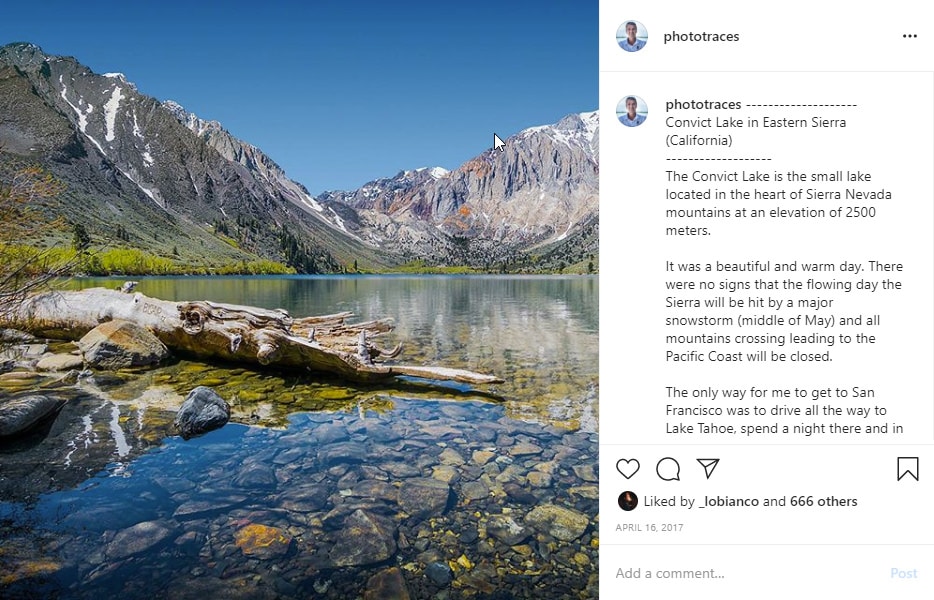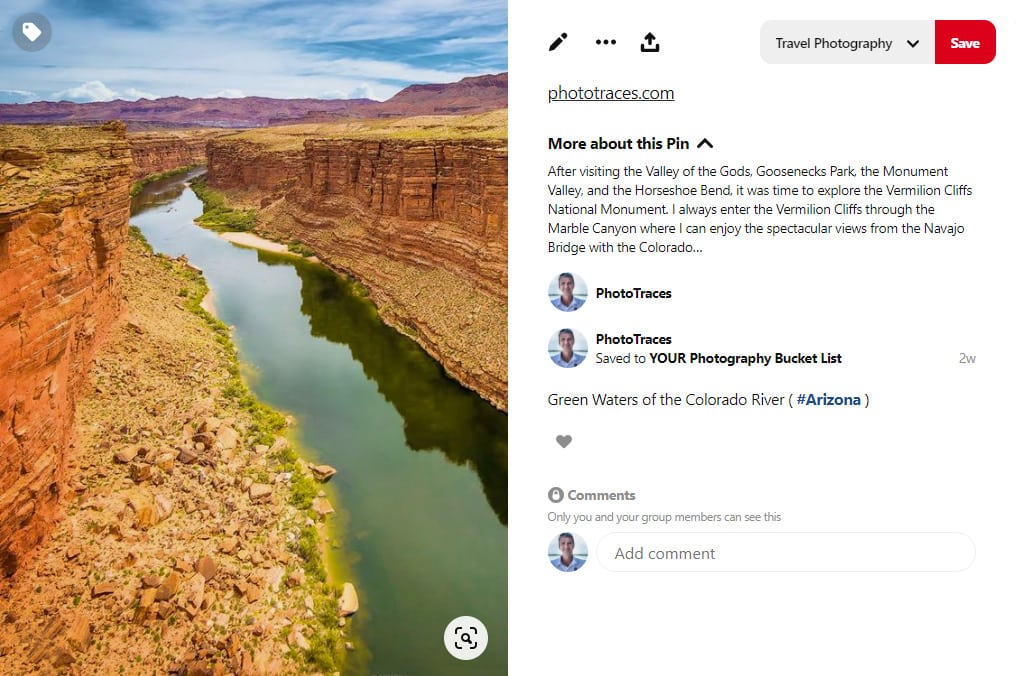Are you confused about standard photo sizes? Do you struggle to determine what typical photo sizes are used by printing companies or (even more confusing!) social media?
Unfortunately, there are a whole lot of
different photo sizes, and they’re not always easy to understand.
Fortunately, we’ve got you covered.
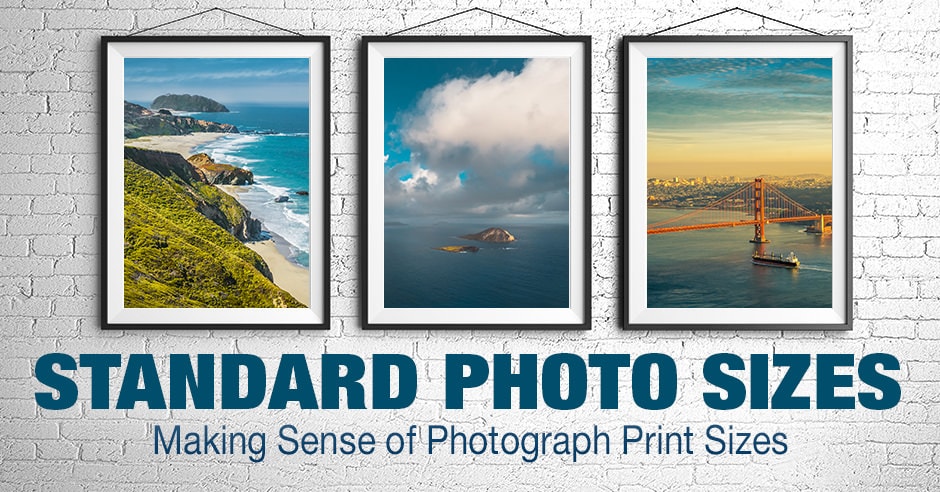
Because this article tells you everything you
need to know about standard photo sizes, and how you should apply them to your
own photography.
Let’s get started.
Two Different Standard Photo Sizes
for Printing
Here’s the first thing you should know about
standard photo sizes:
There are two broad groups of photo
dimensions. You may be familiar with one of them from using inkjet or laser
printers; these sizes are referred to as A0, A1, A4, etc, and are part of a
system offered by the International Standard Organization (ISO).
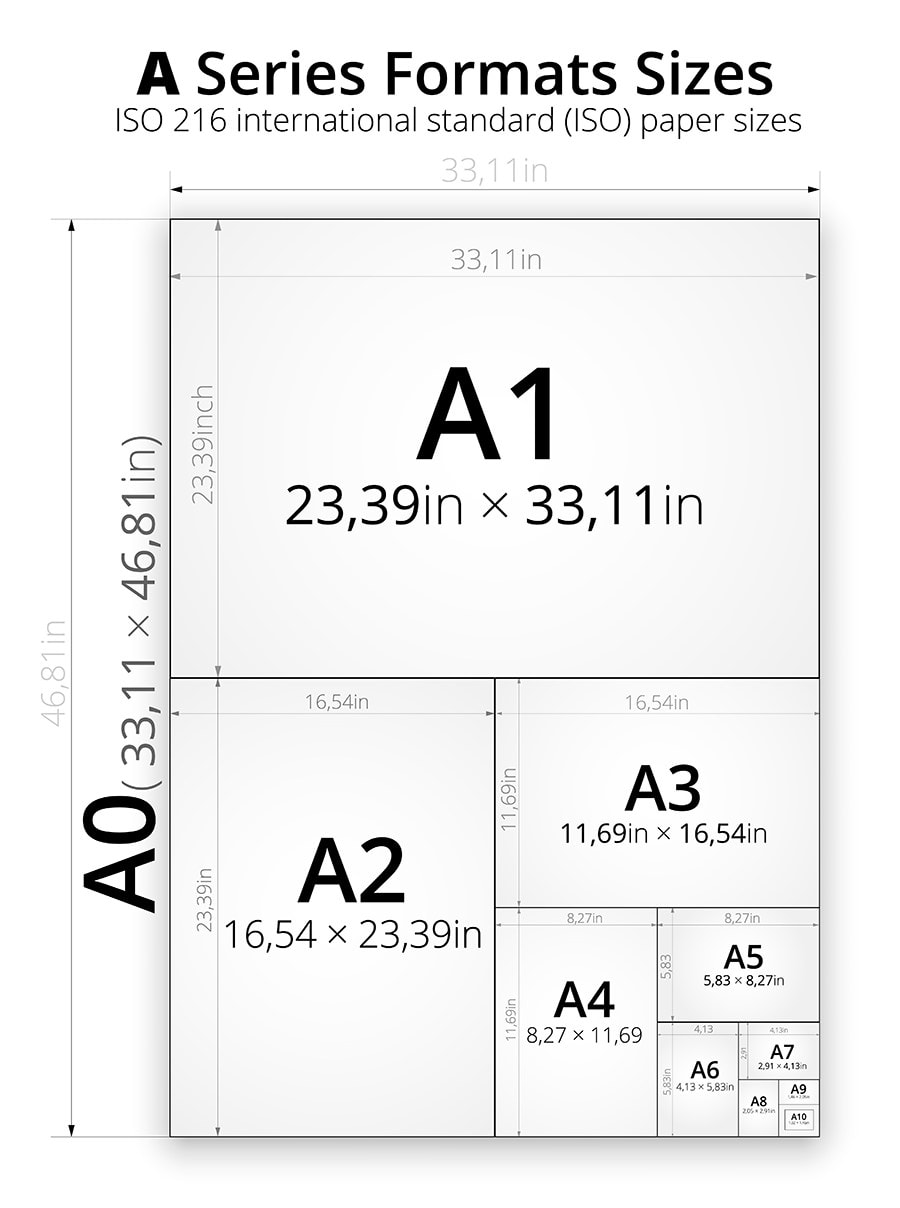
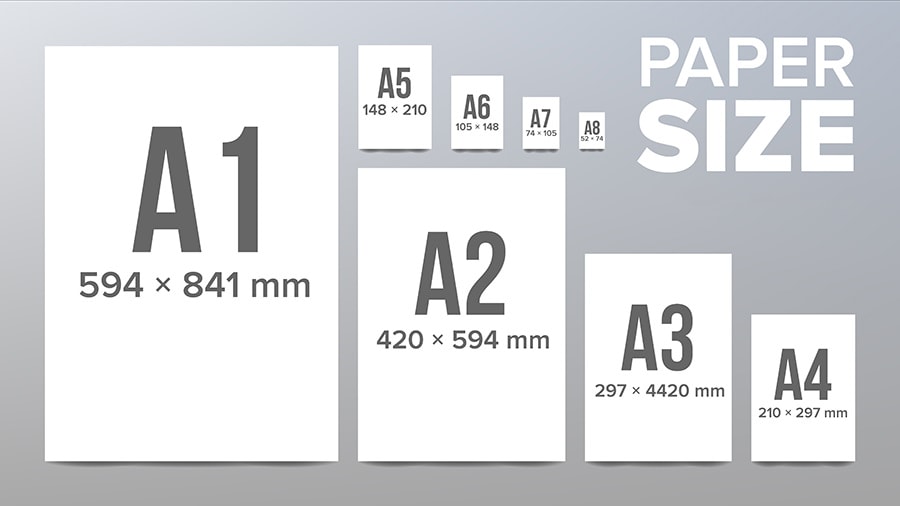
But the second set of dimensions is the one
we’re interested in. They’re the widths and heights used by photo labs pretty
much everywhere, and they’re what you get if you go to purchase prints. These
dimensions include:
4×6, 5×7, 8×6, 8×12, 10×13, 10×20, 11×14, 20×20, 16×24, and 20×30.
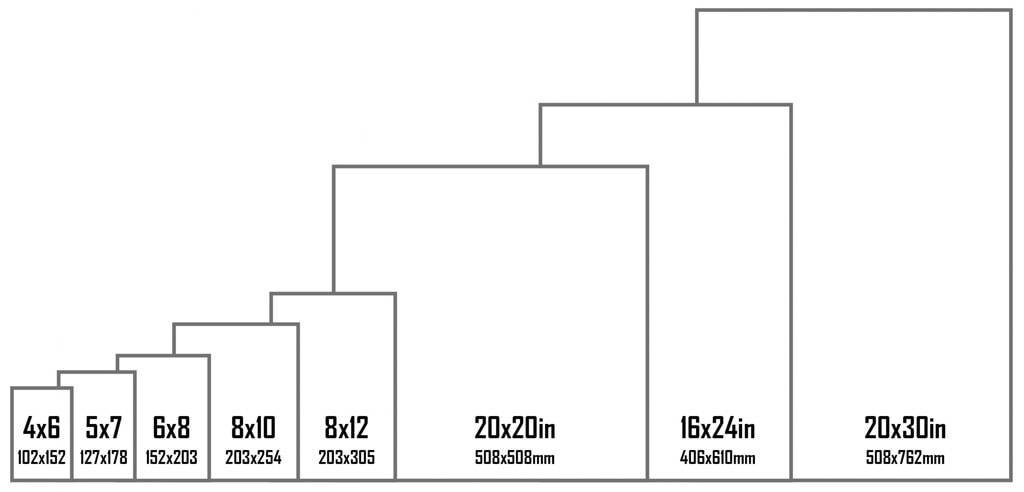
Origin of Standard Photo Print
Sizes
So where do these photo lab sizes come from?
How did they get to be the only game in town when it comes to printing?
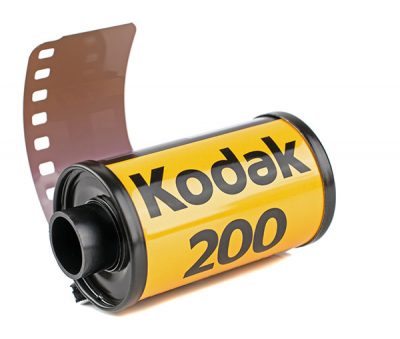
It all has to do with film photography. Back when film photography was big, the most common type of camera used 35mm film. The negatives produced by 35mm cameras had a 3:2 width to height ratio, which was later adopted by many digital camera companies.

That’s how you end up with 20×30 and 4×6 photos. They mirror the 35mm aspect ratio. And plenty of other aspect ratios have been developed that fit very closely to 4×6, such as 5×7, 8×10, 11×14, and more.
Standard Photo Print Sizes and
Aspect Ratio
I’ve been talking a lot about typical print
sizes and their aspect ratios. But it’s important to note that the aspect ratio
is simply the ratio of width to height, generally written as 3:2, 4:3, 16:9,
1:1, etc.
As I mentioned before, 3:2 is a common aspect ratio for basic printing. But 4:3 is common for smartphone cameras, 1:1 is common on the web (especially Instagram), and 16:9 aspect ratio is common in video or for panorama prints.
Standard Photo Print Sizes and
Digital Photography
Most popular digital cameras use sensors with
a 3×2 aspect ratio and produce 3×2 images. So if you’re looking to print or
post your photos using a different aspect ratio, you’ll need to do a bit of
cropping before you export them.
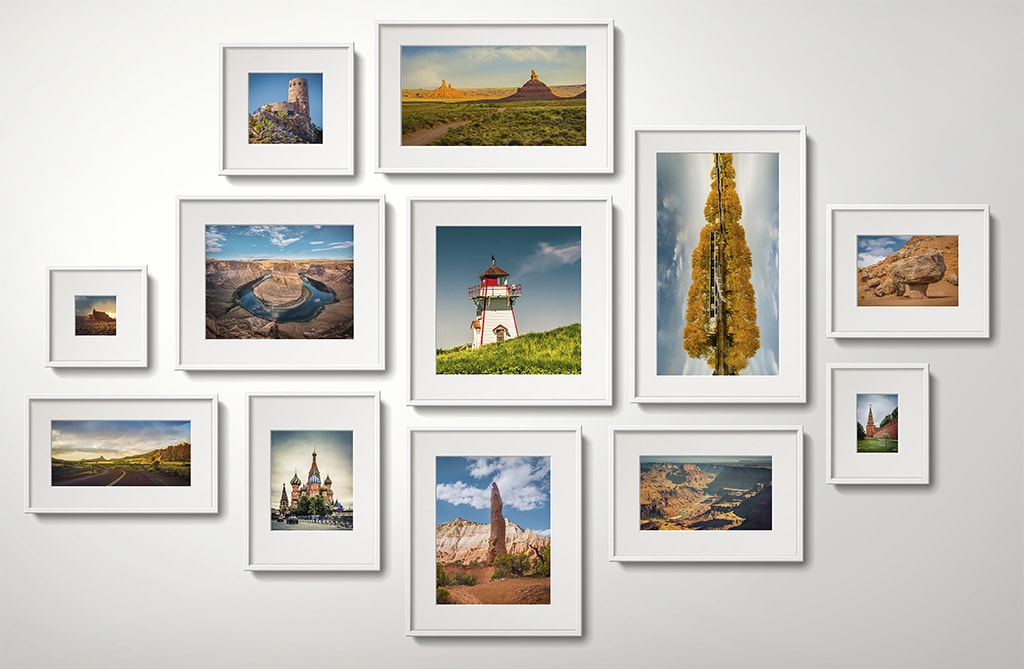
Fortunately, there are plenty of image editing
programs, such as Adobe Lightroom and Adobe Photoshop, which will allow you to
crop specifically to various common aspect ratios.
On the other hand, it can sometimes be
frustrating to switch between various aspect ratios when thinking about
composition. You don’t want to compose in 3:2, only to decide later that you’d
like an 8×10 print of the image–because you’ll be forced to crop the shot into
a 5×4 aspect ratio, which will cut off the edges of your composition.
One way to deal with this is to deliberately compose shots that are slightly wider than you’d like them to be. That way, you’ll have room to crop off the edges if you decide to print at an aspect ratio other than 3:2. For more on using this technique in the field, check out this article on composing in photography: “Learning Composition in Photography.”
Visualizing the Intended Aspect
Ratio in Mirrorless Cameras
While it can be difficult to visualize aspect
ratios while in the field, some mirrorless cameras allow you to specify your
intended aspect ratio in the camera menu. The electronic viewfinder will then
shift to the aspect ratio you’ve dialed in–and when you look through the
viewfinder, you’ll be able to better compose an image.
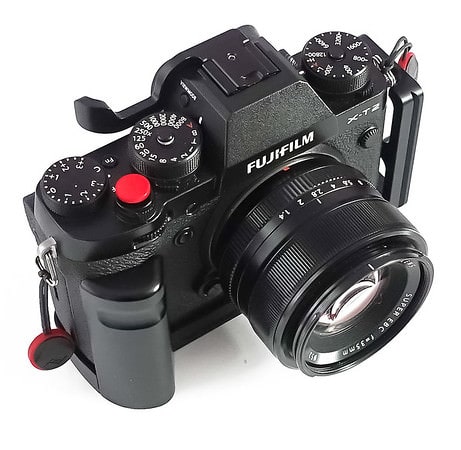
Unfortunately, no DSLRs have this capability,
and some mirrorless cameras don’t, either. But if you do have a camera that
allows this, I suggest you use it. It does a great job of keeping your
composition on point while out shooting!
What Is the Best Image Size for
Instagram?
While printing companies like to use standard
print sizes that reflect common camera sensors, social media doesn’t seem to
have gotten the message!
If you’re posting photos on Instagram, you have three ideal options.
First, if you want to post a square photo, you should crop to somewhere between 320×320 pixels and 1080×1080 pixels. More pixels is better, as long as you keep it under 1080px on each edge; go past this, and Instagram will do some compression on your photo, which will not look good.
Second, if you want to post a portrait photo
to Instagram, I recommend cropping to 1080×1350 pixels. Anything taller than
this ratio will have to be cropped further. Note that portrait photos will give
you the most Instagram real estate!
Third, if you want to post a landscape-style
photo to Instagram, I recommend cropping to 1080×608 pixels. You can use a
photo narrower than this aspect ratio, but you’ll end up with a black border on
the top and bottom edges of the screen.
What Is the Best Image Size for
Pinterest?
Fortunately, cropping your images for
Pinterest is pretty simple.
Pinterest suggests using a 2×3 or 3×4 aspect ratio whenever possible, because this will prevent your pins from being cut off. This means that you can crop to 600×900 pixels, 100×1500 pixels, or even 2000×3000 pixels.
What Is the Best Image Size for
Facebook?
There are a number of ways to include your
images on Facebook, all of which come with different recommendations.
If you’re cropping to create a cover photo, a
good set of dimensions is 1640×720 pixels.
If you’re cropping to create a profile
picture, a good set of dimensions is 172×172 pixels.
And if you’re cropping to create a timeline
photo, it’s a good idea to crop to 500 pixels on the horizontal edge. You can
do what you like regarding the vertical edge, as long as you keep the
dimensions at 750 pixels or fewer.
Conclusion
You should now know all about standard photo
sizes–and how to choose good sizes for printing, composition, and uploading to
the web.
Photo sizes can be confusing, but with this
guide in hand, you should have a much easier time navigating these tricking
waters!
Articles Related to “Standard Photo Sizes: Making Sense of Photograph Print Sizes“



